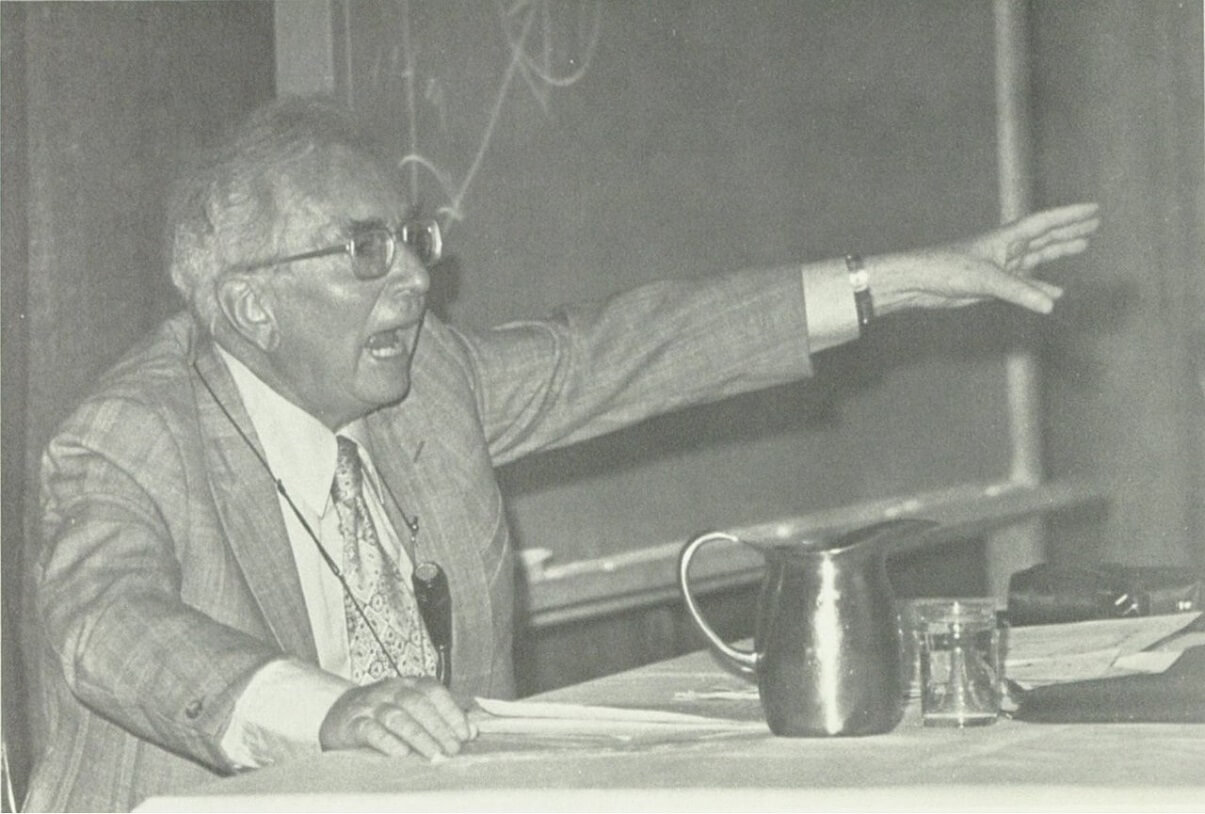

In the 1870s and 1880s, pioneering neurologists, notably George Beard and S. The appearance of these claims may be linked to medical understandings of conditions known as neurasthenia and hysteria. “ There are few clues as to why women began to seek compensation for fright-based injuries only in the late 19 th century. The scheme becomes more comprehensible when students are told that the old law that virtually closed off recovery for fright-based injuries is gradually being replaced by a more flexible system that permits some classes of plaintiffs to recover, so long as they fall within the new set of boundaries established by the courts in the various states.” “ The history of the doctrine governing fright-based injury often bewilders students in 1 st -year torts classes until the doctrine is described as evidence of the law’s gradual evolution toward a more liberal, plaintiff-oriented system of recovery.
#Viktor frankl biografia corta driver#
(…) the bystander cases more often involved transportation-related injuries typically, the plaintiff witnessed an automobile driver injure or kill a close family member.” “ One court, for example, applied the bystander rule to deny recovery to a mother of a newborn who witnessed a nurse negligently drop her baby onto the tiled floor of a hospital room, fracturing the baby’s skull. The modified amended rule in these states became known as the rule – placing the emphasis on the physical location of the plaintiff rather than on the source of the mental distress.” Many jurisdictions that were unable to tolerate the harsh results of the bystander rule have softened the rule to allow recovery to a plaintiff who feared for the safety of another person, if he or she were also physically imperiled by the defendant’s conduct. This restriction gets its name because it prohibits witnesses to accidents from seeking recovery, thus limiting claims to primary accident victims. “ The bystander rule requires a plaintiff to prove that her injury is traceable to fear for her own personal safety, rather than fear or concern for the safety of another. It requires a plaintiff to demonstrate that her fright resulted in physical injury, rather than only mental distress.” The physical injury requirement is the modem descendant of the impact rule.

By shifting the rationale from the theoretical to the practical, Justice Holmes helped the impact rule to survive in a significant minority of the states until the 60s. The requirement of an impact was said to function as some guarantee of genuineness. “ In a prominent case at the turn of the century, Justice Holmes found that the reason for the impact rule was to separate genuine from fraudulent claims, not to separate the physical from the mental. He relegated the wife’s injury to the non-compensable class of hurt feelings.” Campbell analogized the husband’s injury resulting from a wife’s adultery to the loss of property – a total deprivation that occurred regardless of the husband’s subjective response. “ Adultery for men was forgivable the same conduct on the part of women was not.

This legally constructed asymmetry resulted in gender disadvantage to women.” She does not lose her maintenance, which he is bound still to sup ply …” “When the husband was the plaintiff, the loss was viewed as material harm when the wife sought recovery, the loss was called emotional harm. “ The loss of such service of the wife, the husband, who alone has all the property of the married parties, may repair by hiring another servant but the wife sustains only the loss of the comfort of her husband’s society and affectionate attention, which the law cannot estimate or remedy. Knight, is famous for originating the general proposition that mental disturbance alone does not qualify as a legally cognizable harm.” Legg, in which the California Supreme Court recognized Margery Dillon ’s right to recover for the harm she suffered from seeing her daughter killed by a negligent driver.” Through a feminist lens, we reexamine the accounts of the legal treatment of fright-based injuries offered by Victorian-era jurists, traditionalist legal scholars of the first 2 decades of the 20 th century, a legal realist in the 30s, and a medical-legal commentator from the 40s, all of whom helped to shape present-day tort doctrine. Our goal is to connect the law of fright to the changing cultural and intellectual forces of the 20 th century. “ This article presents a gendered history of the law’s treatment of fright-based physical injuries.


 0 kommentar(er)
0 kommentar(er)
